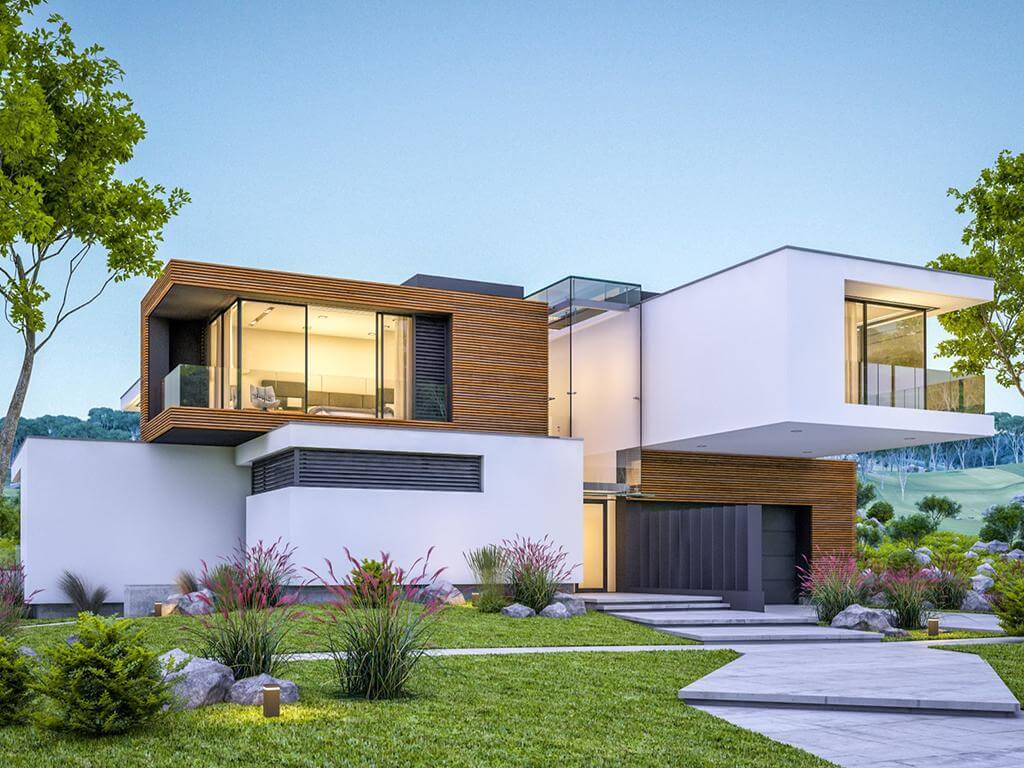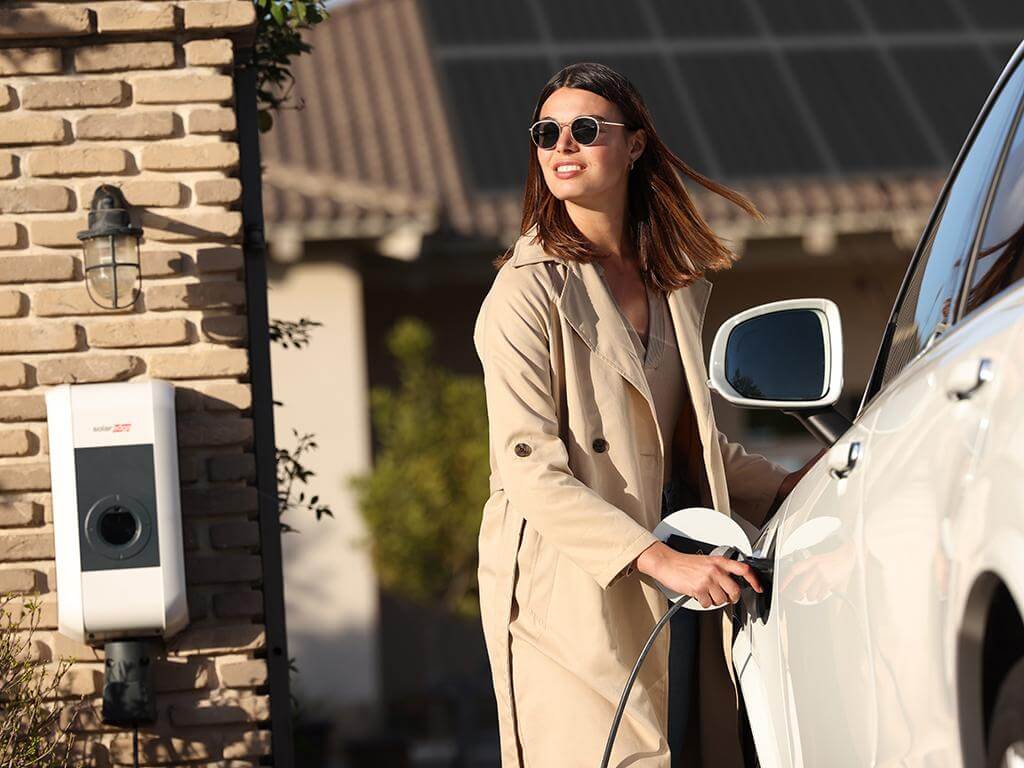A Flexible Approach to Home Energy for a Changing World
Everything about energy is in a state of flux. The supply is uncertain with regional conflicts threatening global gas supplies. Electricity prices are going through the roof with no end in sight, causing some families to have to tragically decide between food and heating/cooling, sadly referred to as the “heat or eat” dilemma. New government regulations are emerging, for example calling for the phasing out of gas boilers and the phasing in of feed-in tariffs, expected to lead to increased home electrification. Now add weather patterns that aren’t following any particular…pattern and you have a very challenging environment for homeowners.
It’s no wonder homeowners are looking to the heavens, well at least to the roof, for solutions to improve home energy efficiency. A solar system for home energy production is the best bet for bringing down electricity costs while supporting more energy hungry appliances and devices. But what is good for today may not be enough for tomorrow. In the past, home energy consumption was driven by relatively stable factors such as weather, family size, house size, and appliance demands. Looking forward, there are new factors that will also impact electricity usage such as EV charging, storage and heating electrification.
Basic Solar Vs Future-Ready Solar
The point here is that your “Mom and Dads’ solar energy system” may very well not be up the home power generation challenges that lie ahead. In these uncertain, unpredictable times, more and more homeowners are looking to take control of their family’s energy future. And the way they’re doing it is with home energy management systems that do more than just turn DC solar energy into AC electricity. A good example is our new SolarEdge Home smart energy ecosystem.
SolarEdge Home is comprised of a complete constellation of smart energy products to optimize solar energy consumption and control in each room. They include Power Optimizers, an inverter, battery, EV charger, backup interface, hot water controller, and smart energy devices such as load controllers, smart switches and sockets. The homeowner can start with a foundation of panel-connected Power Optimizers and an inverter and add more products as their energy needs evolve. It’s like creating a garden in which new plants can take root each year. This enables the installer to create long-term relationships with the customer and cultivate mutually beneficial business opportunities.
How An Operating System Can Make Smart Energy Decisions
SolarEdge Home enables homeowners to not only produce solar energy but also store, consume and manage it in ways never before possible. It employs its own Operating System which creates a personalized energy program for the homeowner based on their priorities, appliances, budget and energy lifestyle. The personalized energy program optimizes the consumption of free solar energy by automating a number of decisions and processes throughout the day and night, further reducing electricity costs. For example, based on the homeowner’s preferences, it knows when and how much energy to store in the battery, how to best balance the home’s energy loads between solar power and grid power, the most cost-effective way to charge an electric car, and how to make sure the power stays on during grid outages.
Balancing the Loads – The Best of Both Worlds
A home equipped with a solar energy system is receiving power from two sources: the solar system on the roof and the local utility provider. The grid electricity is priced at different rates or tariffs throughout the day according to demand, fuel costs, availability, and other factors. Electricity rates are normally highest during the afternoon and early evenings – known as the “peak period.”
By contrast, solar energy is of course always free, regardless of the time of day. One of the advantages of SolarEdge Home is that it knows how to balance the use of these two energy sources to maximize the homeowner’s savings. Here are a few practical examples.
Typically the most energy consuming appliances and devices are those that heat and cool, including HVAC, water heaters, dryers, refrigerators and freezers. SolarEdge Home can balance the loads of some of these devices (fridge and freezer exempted) so they either run during the day on free solar energy or late at night when the utility rates are the lowest. Or take the issue of charging an electric car. While EVs don’t create emissions, they do require a lot of electricity for charging – possibly amounting to up to 50% of a home’s electricity bills. Producing that electricity does create emissions. SolarEdge Home can include an integrated EV charger to mitigate these costs. The system can be programmed so it knows to fuel the EV when it is most economical to the homeowner - combining free solar power during the day and low cost grid power in the middle of the night.


Keeping the Power On When the Grid is Off
Some regions suffer from persistent grid outages, either due to extreme weather (hurricanes, ice storms, etc.) rolling cutbacks, or simply overloaded utilities. Keeping the power running when the grid goes down is another reason why people are exploring SolarEdge Home. In the event of a grid failure, the system, when equipped with its Backup Interface, knows to disconnect the house from the grid and immediately starts running the home on solar energy day and night. To extend the back-up time, SolarEdge Home can be programed to power only essential devices according to priorities set by the homeowner, making sure food stays refrigerated, the WiFi keeps broadcasting and the lights stay on.
Storage and Backup
Adding batteries to a solar energy system multiplies the value of the panels on the roof. Especially when Feed in Tariff rates are not attractive or not available, having a battery makes a lot of sense. Basically it enables 24-hour operation of the SolarEdge Home system, saving solar energy for use when the sun goes down. Because it is a DC optimized system, SolarEdge Home is more energy efficient. It can directly charge batteries and electrical vehicles without going through multiple power conversions that waste energy. By contrast microinverters and string systems convert all power to AC at the component level even when exchanging power between DC devices. They then need to convert the AC power back to DC (for the battery and EV), and back again to AC for the home. This is known as the, triple conversion penalty, which actually wastes a lot of valuable energy.
Fill Your Car With Your Own Fuel
Rising petrol prices are helping to fuel the exponential growth of electric cars. While EVs do not directly create carbon emissions, they do pollute indirectly; the electricity they run on has to be created. More than 40% of CO2 emissions are caused by burning fossil fuels to generate electricity.
The obvious answer it to charge EVs with renewable energy. This is significant because charging an EV at home is quite expensive, becoming as much as 50% of a home electricity bill. SolarEdge provides solar-powered EV chargers for both residential and commercial applications, enabling users to quite literally drive on sunshine. The intelligence of the SolarEdge Home Operating System provides further savings by optimizing the charging process - using either excess PV power during the day or either stored solar or low tariff grid power late at night.
According to Bloomberg NEF 2019, EVs will be one of the largest electricity consumers, alongside heat pumps.


Staying in Hot Water
Heating water is a big contributor to high electricity bills, estimated to be up to 22% of the total energy cost for European households. SolarEdge Home helps mitigate this expense with the SolarEdge Home Hot Water Controller. It automatically diverts excess PV energy to power the home’s water heating systems, allowing smart heating of tap water and controlling household water heating through the mySolarEdge app.
Putting the Homeowner in Control
Homeowners control the SolarEdge Home system with the mySolarEdge app. This app provides a real time dashboard of energy production and consumption to track system performance. It also enables the homeowner to adjust settings and parameters to accommodate lifestyle changes such as backing up a battery before a dramatic weather occurrence, or adjusting electricity usage when going on vacation (like keeping the pool pump working and causing certain lights to be turned on at night). The installer receives their own smart energy monitor solution – the SolarEdge Monitoring Platform - which not only enables them to view the homeowner’s PV performance but also remotely troubleshoot system issues that may occur.
Managing the Future
It’s hard to predict what the future holds. But unfortunately for the near future, it seems a safe bet that electricity prices will continue to climb, climate change will not change, and fossil-based fuel supplies will remain unstable. According to McKinsey “Power consumption is projected to triple by 2050 as electrification and living standards grow.” In this environment, homeowners need to take control of their energy production and consumption while remaining responsible global citizens.
Combining renewable energy with smart energy management enables the homeowner to not only dramatically reduce their energy expenses but also contribute to a carbon-neutral future.
